CATARACTS
UTILIZING THE LATEST AND GREATEST TECHNOLOGY FOR CATARACTS

A cataract is a vision problem caused by a clouding of the eye’s lens. The most common type is related to aging. More than half of the American population ages 60 and older has cataracts.
Helm Vision Group is proud to use the best and newest technology for cataracts,
the latest
Ziemer Z8 laser.
View our video about our new Z8 technology. Ver video en español.


WHAT IS THE LENS
The lens is the part of the eye that helps focus light on the retina. In a normal eye, light passes through the lens and is focused on the retina. To produce a clear image, the lens must remain clear. The lens is a transparent structure made of an ordered array of lens fibers that contain proteins and water. With age, the protein can clump together and start to cloud small areas of the lens which then causes a loss of transparency, interfering with vision. This is called a cataract. In its early stages, a cataract may not cause a problem. However, over time the cataract may grow larger, making it harder to see. Because less light reaches the retina, your vision may become dull and blurry.
CATARACT SYMPTOMS
- Cloudy or blurred vision
- Nighttime glare from headlights
- Sensitivity to light
- Difficulty reading fine print
- Faded colors
CATARACT
SURGERY

Cataract surgery is one of the most commonly performed procedures in the United States. It is an outpatient procedure which normally takes about 15 minutes to perform.
Cataract Surgery: The Basics
Treating Astigmatism & Presbyopia During Cataract Surgery
CATARACT SURGURY
At Helm Vision Group, state-of-the-art cataract removal is performed through a procedure called phacoemulsification. In this procedure, ultrasound waves are used to dissolve the cataract which is then removed with suction. Once the cataract is removed, a new artificial lens implant is inserted. It is not uncommon for our patients to have the benefit of dramatically improved vision within a few hours of their procedure. Anesthetic eye drops are used along with mild intravenous sedation, making the procedure painless and allowing our patients the fastest possible recovery.
AFTER SURGERY
After surgery with traditional monofocal lenses, most patients experience very good vision at one distance, either up close or far away. In most cases, the monofocal lens provides good distance vision for driving, walking and some everyday activities. However, most people with monofocal lenses still require reading glasses or bifocals to have a full range of vision.
At Helm Vision Group we are proud to offer our patients the PanOptix® trifocal intraocular lens implant which is designed to give you your most natural vision, reducing or eliminating your dependence on reading glasses, bifocals or trifocals.

LASER CATARACT SURGERY
PRECISE. PREDICTABLE. CUSTOMIZABLE

Helm Vision Group is pleased to introduce laser cataract surgery to the Santa Clarita Valley and surrounding communities!
Cataract surgery is traditionally performed manually, using handheld blades. Laser cataract surgery, however, uses a beam of laser-generated light to deliver a precise and customizable cataract procedure, blade-free.
Ziemer’s Swiss-engineered, FDA-approved FEMTO LDV Z8 laser system was developed to create blade-free corneal incisions by using an incredibly fast sequence of low pulses of laser energy to create microscopic bubbles at a programmed depth and length. These incisions can be placed in a variety of patterns for optimal results, and are precise within one hundredth of a millimeter. LDV Z8 enables us to tailor the procedure to your eye’s unique characteristics. Take a look at the videos below to learn more about the process, and give us a call if you'd like to learn more.
Laser Cataract Surgery: The Latest Technology


THE PANOPTIX® TRIFOCAL IMPLANT
For those patients with cataracts or presbyopia wanting to reduce or even eliminate their dependence from glasses, we offer the Acrysof® IQ PanOptix® Trifocal lens implant. This procedure is performed the same safe way we remove cataracts.
About PanOptix®
Testimonial 1
Testimonial 2

